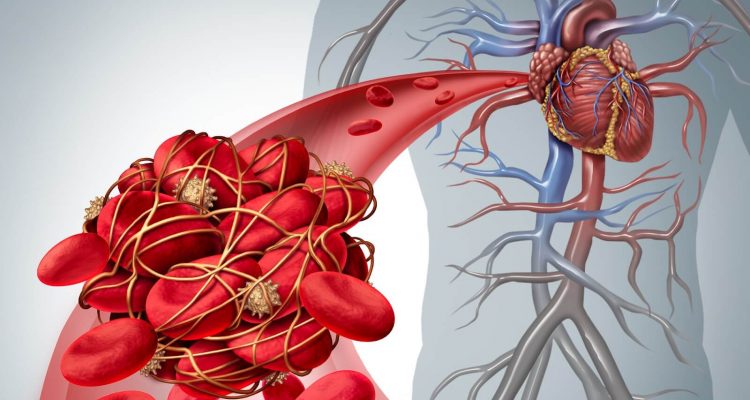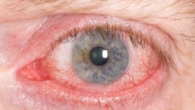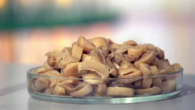
All about thrombosis: where do blood clots come from and what to do about it
0
Thrombosis is a fairly common disease. In this material, we will analyze where blood clots come from, whether it is worth thinning the blood and how to prevent this condition.
What are blood clots?
Blood cells are divided into three groups: erythrocytes (red cells that carry oxygen), leukocytes (white cells, protective cells that catch pathogens in the blood) and platelets (anucleated repair cells). It is easy to understand that thrombi are formed due to platelets. The process of their formation is a protective mechanism, without which a man would die from blood loss or even a small injury.
It is platelets that are the first to reach the site of damage, for example, a wound, forming a clot that clogs it in the vessels and stops it bleeding After the wound heals, blood clots dissolve by themselves. This process is also called blood clotting.
Hemostasis is the name of the system that maintains blood in a liquid state, the formation of blood clots and their dissolution. But when the balance of the blood's coagulation and anticoagulation systems is disturbed, problems arise. In various diseases of the circulatory system, pathologies of the vascular walls and disorders of hemostasis, there is a possibility of thrombosis.
As a result, blood clots can be found where there is no need for “repair”, for example, in veins, arteries, heart cavities. This is a pathology that requires certain treatment.
How blood clots form in blood vessels
The formation of blood clots in arteries and veins is different, since these are different types of blood vessels. According to statistics, every fourth inhabitant of our planet is prone to the formation of blood clots. When a blood vessel is blocked by a blood clot, blood flow is disrupted in it. This condition is called thrombosis.
It can also form when the vascular wall is damaged. In this case, platelets perform a natural function, but this threatens with very sad consequences.
Damage to the vascular wall most often occurs when it is inflamed, for example, phlebitis (inflammation of the veins) or arteries (inflammation of the arteries). Therefore, we consider many diseases to be purely ugly, the same as varicose veins. Although in fact it is a rather dangerous disease that carries serious harm to health.
Another cause of thrombosis can be a change in the nature of the blood flow, the formation of “vortices” in places of expansion or narrowing of blood vessels. Very often it is congenital, but it is also possible that the disorder arose as a result of varicose veins.
And finally, thrombosis can form for genetic reasons. This is due to a change in blood viscosity. This is facilitated not only by heredity, but also by various medications and smoking.
Danger of thrombosis
If blood clots have formed in an artery, then there is a very high probability of getting a heart attack – necrosis of living tissue due to cessation of bleeding. As a rule, when the word heart attack is mentioned, everyone thinks of heart problems. But sometimes it can affect any organ, even the eyes, kidneys, and spleen.
When a blood clot forms in the veins, they can break off or increase in size. Together with the bloodstream, they can end up in the arteries of the lungs, which leads to pulmonary embolism. This is an extremely serious complication, so you should not think that blood clots are not so scary.
Special genetic tests have been created in medicine, which allows you to determine the tendency to form blood clots, as well as select blood-thinning drugs. This is especially important when planning a pregnancy. After all, thrombosis of the placental vessels is one of the most common reasons why women do not carry children to term.
It should be noted that now there is such a direction as pharmacogenetics. This allows you to find out whether a drug intended to solve certain problems is effective for a particular patient, taking into account the characteristics of his genes.
In addition, there are a number of tests to determine the parameters of the blood coagulation system: homocysteine, antiphospholipid syndrome, coagulogram, hemostasis. Thanks to them, you can also determine the risk of thrombosis.









Leave a Reply